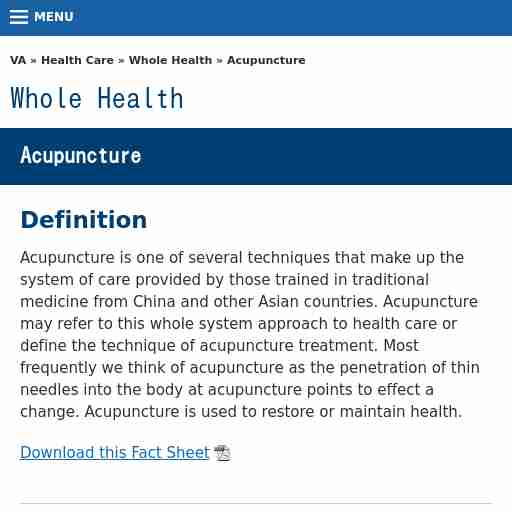---

ACU POINT ZERO LIMITED - Free company information from Companies House including registered office address, filing history, accounts, annual return, ... FAQs: All that you wanted to know about Jewelry How can I sign up to receive special offers? You can sign up to receive information about special offers through our website. Enter your email address in the “Sign Up for Special Offers” panel on the homepage and click on the > button. The “Sign Up for Special Offers” page will appear to you. Enter the required information and click on the “Sign Me Up” button. You will be signed up to receive special offers and invitations to our special events, and a confirmation screen will be displayed to you. Also you will receive a sign up confirmation email for our special offers. How can I refer this website to my friends? To refer our website to your friends enter your friend's email address in the “Refer a Friend” panel and click on the > button. The “Refer a Friend” page will appear to you. Fill in the required information and friend’s email address(es) along with your optional message and then click on the “Refer Friend(s)” button. The “Thank You for Referring” page will appear to you and your friends will receive an email, containing your message and our website's link, inviting them to visit our website. You will also get a confirmation email for your reference. How can I share a favorite item with my friends? To share an item with your friends, you need to click “Email to Friend” link available on product detail page. Once you click this link, another page will appear where you can fill in your name, email address, your friend’s email address along with email subject and your optional message. After entering all the required information, click on the "Email" button and a confirmation page will appear. Your friend will receive an email, containing your message and the product's link. You will also get a confirmation email for your reference.
phantomjs://platform/webpage.js:286 in _onPageOpenFinished phantomjs://platform/webpage.js:286 in _onPageOpenFinished Advance Physical & Aquatic Therapy Advance Physical & Aquatic Therapy Springfield, PA See The Experts In Physical Therapy ADVANCE PHYSICAL & AQUATIC THERAPY SPRINGFIELD, PA Advance Physical & Aquatic Therapy in Springfield, PA is located at 965 Baltimore Pike. We have a highly experienced team of physical therapists who offer specialized treatment services like physical therapy and aquatic therapy for any pain, injury, or discomfort you may be feeling. Our patients have found high levels of success in our treatment services, due to our implementation of advanced technology and methods. We use sophisticated diagnostic methods, such as movement investigation and gait analysis, to help determine which services you will benefit from most. At Advance Physical & Aquatic Therapy in Springfield, PA, our thorough evaluations lead to successful treatment plans for your pain relief, healing, and future injury prevention needs. At the end of the day, our team is here to provide support to YOU – the patient. Our success is dependent upon your success, and we strive to create a warm, welcoming environment where you can comfortably heal. At Advance Physical & Aquatic Therapy, we have one mission: Our mission is to get you back to doing the things you love most, without limitations and better than ever. Our physical therapists help you recover from your current problem so you can ADVANCE your health, sports performance and fitness to a higher level.

... limited acupuncture protocols like Battlefield Acupuncture (BFA). BFA is an auricular (ear) acupuncture protocol that is used for acute or chronic pain. All ... VA » Health Care » Whole Health » Acupuncture Acupuncture is one of several techniques that make up the system of care provided by those trained in traditional medicine from China and other Asian countries. Acupuncture may refer to this whole system approach to health care or define the technique of acupuncture treatment. Most frequently we think of acupuncture as the penetration of thin needles into the body at acupuncture points to effect a change. Acupuncture is used to restore or maintain health. Acupuncture is one of the complementary and integrative health (CIH) approaches within the VHA Whole Health System of care included in VA Directive 1137 — Provision of Complementary and Integrative Health (recertified December 2022). This allows acupuncture care to be covered by the Veteran’s medical benefits package, when clinically necessary, as determined by the patient’s care team. In February 2018, a Qualification Standard was published that permitted licensed acupuncturists to be hired to provide acupuncture care at VA Medical Centers (VAMC). Acupuncture Safety and Effectiveness Acupuncture is often associated with pain management, but it is also may be useful for other conditions, and the body of literature for acupuncture effectiveness is growing. Acupuncture may be effective as a stand-alone treatment or as an adjunctive treatment to other medical interventions. An evidence map of acupuncture was developed by VA Health Services Research & Development (HSR&D) in 2014. This systematic review identified evidence of potentially positive effect for several pain conditions, including chronic pain and headaches, mental health conditions such as depression, anxiety and PTSD, and wellness indicators such as insomnia.
Advanced Seamless Gutters has been providing residential and commercial gutters in Lake Charles and Sulphur, Louisiana for many years. As an ACM Elite Rainware contractor, we are the only gutter installer in central Louisiana certified to offer an extended lifetime warranty on labor and material. 1330 E McNeese St Suite B, Lake Charles, LA 70607 902 Invader St, Sulphur, LA 70663 Avoid the hassle of installing gutters yourself or vetting someone else to do it, and simply let us take care of the entire process. Our team of experienced professionals will make this complicated procedure simple for you and coordinate everything from initial gutter cost to final installation! Our team of experienced professionals will make this complicated procedure simple for you and coordinate everything from initial gutter cost to final installation! This design ensures that our gutters lack the leaks caused by the unsightly cracks in other gutters, and in turn ensures that your house is protected from water runoff into your foundation or basement. Our seamless design also helps maintain the overall integrity of the gutter system once it is installed. Advanced Seamless Gutters’ products are custom cut in order to fit perfectly to your home. and this in turn ensures that your house is protected from water runoff into your foundation or basement. Our seamless design also helps maintain the overall integrity of the gutter system once it is installed. Advanced Seamless Gutters’ products are custom cut in order to fit perfectly to your home.